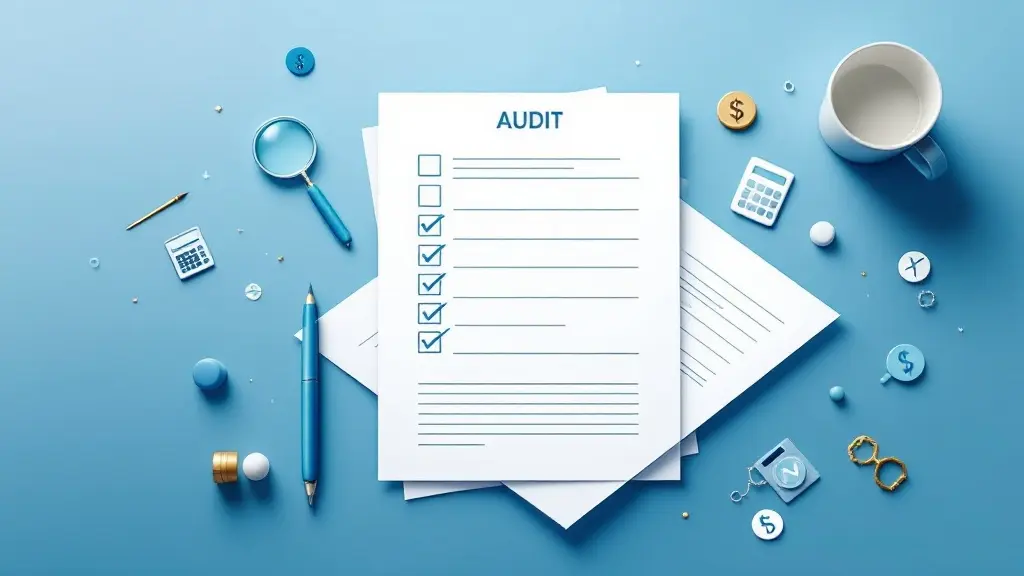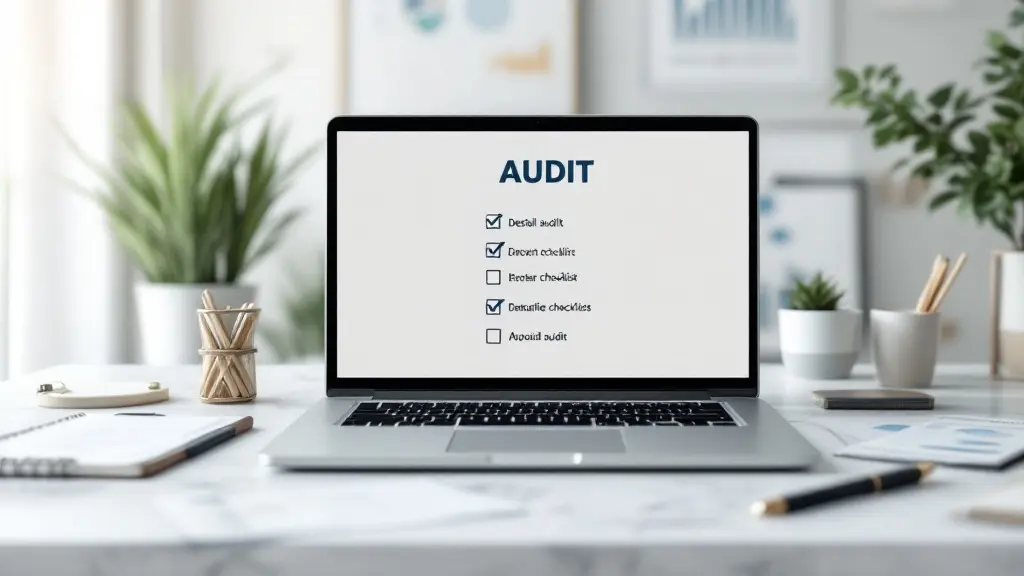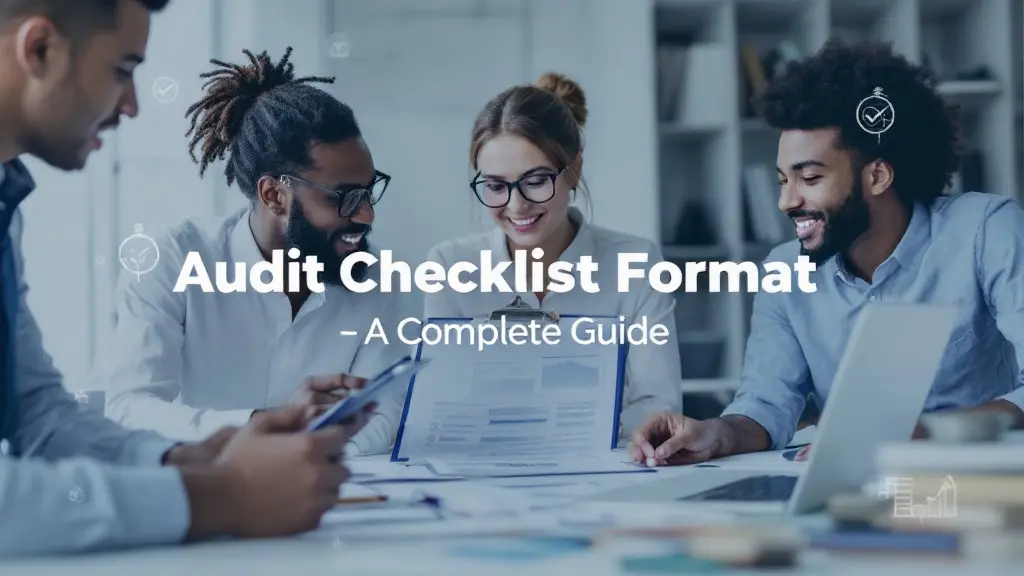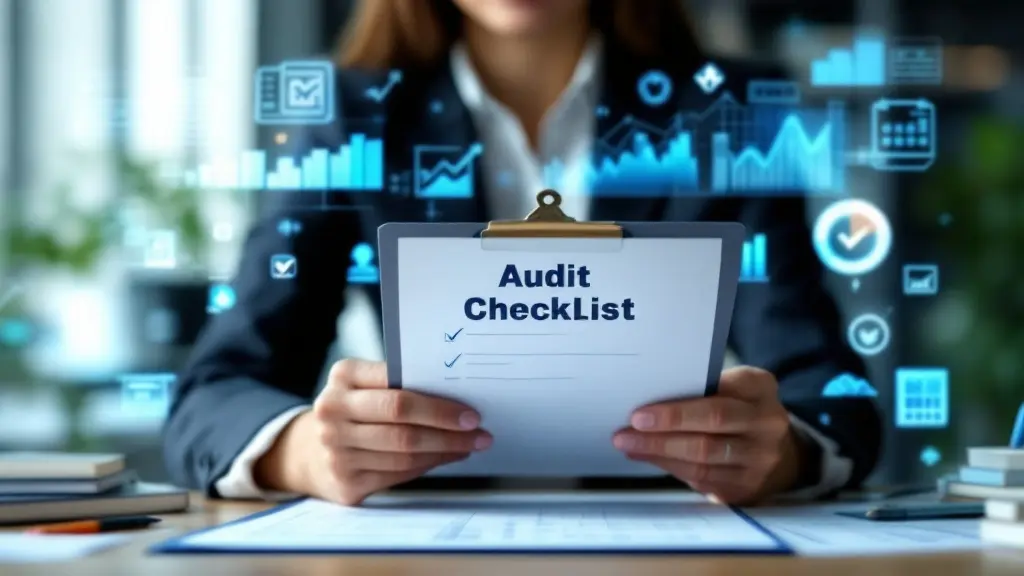Audit Checklist Sample: A Comprehensive Guide for Businesses
Table of Contents
Most Read
[fusion_dropcap class="fusion-content-tb-dropcap"]A[/fusion_dropcap]uditing is a critical process for businesses of all sizes. Whether it’s an internal audit or a statutory one, the goal is to ensure that operations are running smoothly, compliance is being maintained, and financial records are accurate. Having a structured and well-organized audit checklist is essential for any auditing process. In this blog post, we’ll explore an audit checklist sample that you can adapt to your organization’s needs. This guide will also delve into the key components of an audit checklist, ensuring that you’re well-prepared for a successful audit.
What is an Audit Checklist?
An audit checklist is a document used to guide auditors through the auditing process. It includes specific tasks and procedures to verify compliance with regulations, financial integrity, operational efficiency, and adherence to company policies. The checklist is typically designed to ensure that every aspect of an audit is covered systematically, helping auditors to identify any discrepancies or areas for improvement.
Audit checklists are not only useful for external auditors but also for internal auditing teams. They streamline the process, reduce errors, and enhance efficiency. A checklist can also serve as a great reference for future audits, helping to build a consistent and reliable audit process.
Why is an Audit Checklist Important?
An audit checklist plays a pivotal role in ensuring that:
- Consistency and Thoroughness: By following a detailed checklist, auditors can make sure that no critical area is overlooked.
- Regulatory Compliance: A well-organized checklist ensures that all necessary regulatory requirements are being met.
- Time Efficiency: The checklist acts as a roadmap, reducing the time spent on searching for necessary documents or steps.
- Identify Red Flags: It helps in detecting errors, fraud, or any irregularities that need attention.
- Risk Management: An audit checklist ensures that potential risks are flagged early, so corrective measures can be taken before they escalate.
Key Components of an Audit Checklist
When creating an audit checklist, there are several key components that need to be included. Each component plays a crucial role in the audit process, and skipping even one of them can lead to inaccurate results. Here’s a breakdown of the essential components to consider:
- Pre-Audit Planning
- Define the scope and objectives of the audit.
- Identify the key areas to be audited.
- Set the timeline and resources for the audit.
- Gather all relevant documentation, including financial records, policies, and contracts.
- Internal Controls
- Review the internal control systems in place to assess whether they are adequate and functioning.
- Ensure that proper segregation of duties exists.
- Evaluate the effectiveness of existing checks and balances.
- Financial Record Verification
- Verify that all financial statements (balance sheet, profit & loss statement) are accurate.
- Ensure that all financial transactions are documented and supported by receipts, invoices, and contracts.
- Reconcile accounts and verify accuracy against general ledger entries.
- Compliance Review
- Assess adherence to local, state, and federal regulations.
- Ensure compliance with tax laws and employment regulations.
- Review policies and procedures to check if they align with industry standards.
- Operational Review
- Review operational procedures and workflows for efficiency.
- Assess whether operational goals are being met.
- Examine the effectiveness of internal communications and decision-making processes.
- Risk Assessment
- Identify potential risks in the organization’s operations.
- Evaluate the company’s risk management strategies.
- Ensure that adequate insurance coverage and safety measures are in place.
- Reporting and Follow-Up
- Summarize audit findings and report discrepancies or areas of concern.
- Provide recommendations for improvements based on audit results.
- Follow up on corrective actions after the audit to ensure continuous compliance.
Audit Checklist Sample
Let’s break down an example of an audit checklist to give you a better understanding of how it should look in practice. Here’s a simplified version of an audit checklist for a small business, which can be customized for more specific audits:
Pre-Audit Checklist
- Define the scope and objective of the audit.
- Assign an audit team with defined responsibilities.
- Review past audit reports to understand recurring issues.
- Gather all necessary documents, including financial records, operational reports, and policies.
Internal Control Review
- Verify segregation of duties within the organization.
- Ensure that access to financial data is restricted to authorized personnel.
- Assess the adequacy of accounting software or ERP system controls.
- Review backup and data recovery plans.
Financial Record Verification
- Review the balance sheet for accuracy.
- Verify that all transactions are recorded and supported by documentation.
- Reconcile bank statements with internal financial records.
- Ensure that the correct accounting methods are being used (accrual vs. cash).
Compliance Review
- Confirm compliance with tax laws, including payroll taxes, VAT, and GST.
- Ensure adherence to employment regulations and health and safety standards.
- Verify that contracts and agreements are up-to-date and legally sound.
- Check for any legal or regulatory changes that may affect the business.
Operational Review
- Evaluate the efficiency of core business processes.
- Ensure proper inventory management and asset tracking.
- Review internal communication and collaboration across teams.
- Assess the company’s IT infrastructure and cybersecurity measures.
Risk Assessment
- Identify potential financial, operational, and legal risks.
- Evaluate the organization’s risk mitigation strategies.
- Ensure appropriate insurance coverage for business operations.
- Verify the company’s crisis management plan is up-to-date.
Reporting and Follow-Up
- Compile audit findings and document discrepancies.
- Present the audit report to management with recommendations.
- Set a follow-up schedule to track progress on corrective actions.
- Retain audit records for future reference and comparison.
Best Practices for Conducting an Audit
To ensure a smooth and efficient audit, consider these best practices:
- Start Early: Begin the audit process well in advance to allow time for preparation and review.
- Use Technology: Consider using audit software to automate tasks such as data reconciliation and risk analysis.
- Be Thorough: Don’t skip steps. A comprehensive audit is key to identifying underlying issues.
- Involve Stakeholders: Collaborate with key team members to ensure that all perspectives are considered during the audit.
- Document Everything: Keep thorough records of the audit process and findings to support your conclusions.
- Review Past Audits: Look at previous audit results to identify patterns and areas that need continuous improvement.
Conclusion
An audit checklist is an essential tool for ensuring that your business operates efficiently, stays compliant, and identifies areas for improvement. Whether you’re preparing for an internal or external audit, a well-structured checklist will help you stay organized, reduce errors, and ensure that the audit process is smooth and effective. By following the sample audit checklist and incorporating best practices, you’ll be able to conduct a thorough audit that benefits your business in the long run.
With regular audits, your organization can stay ahead of potential risks, enhance operational efficiency, and build a culture of continuous improvement.









